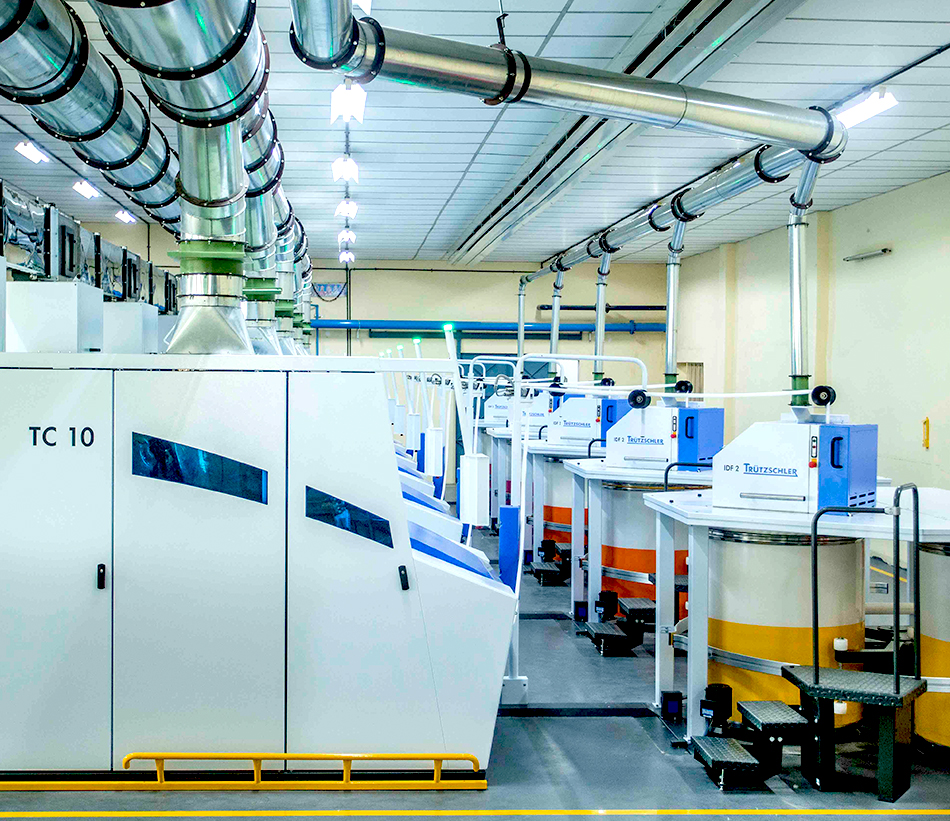Use Of Carding Cans
Ergonomically designed card cans ensure excellent sliver uniformity, minimise sliver variations, and improve operational efficiency levels, by facilitating smooth removal of husks and neps. Jumac carding cans, with compatibility with the carding machinery being used, are key components of the carding stage.
Our carding cans are used to ensure:
- Collection and smooth transportation of sliver.
- Higher production efficiency and minimal downtimes during doffing.
- Minimisation of sliver piecings in the next stage (breaker draw frames).
- Elimination of sliver quality faults.
- Higher productivity levels with the help of the right can size and spring load.

























